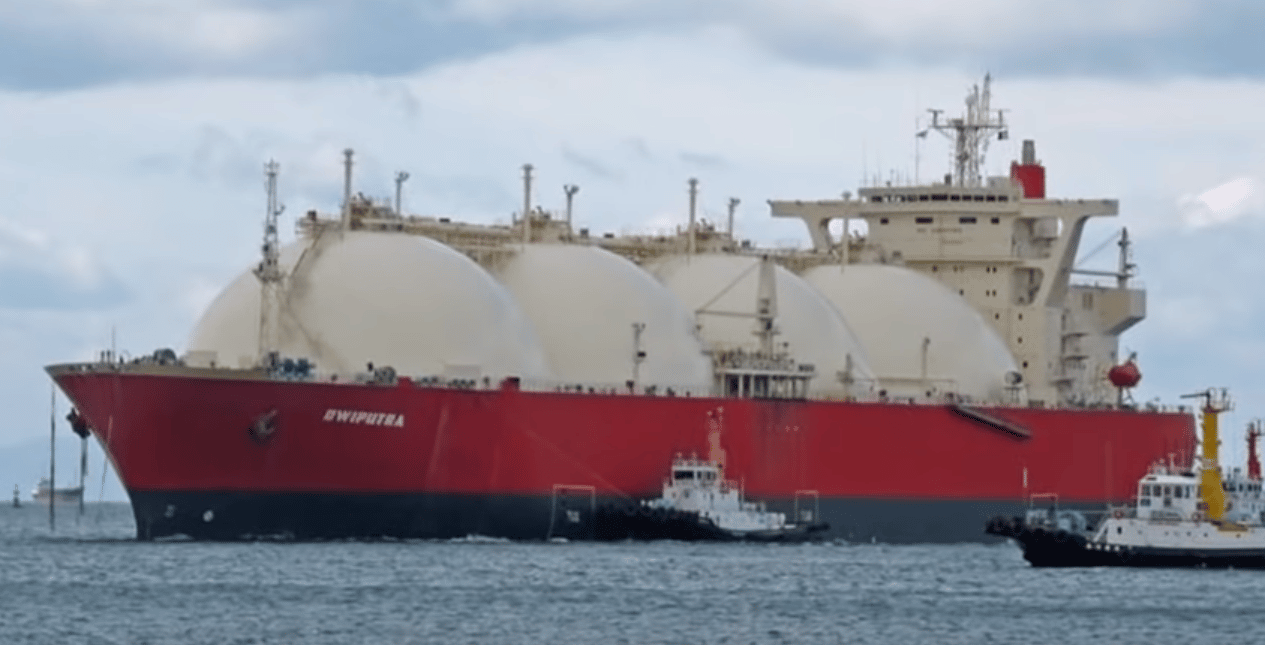U.S. net natural gas exports averaged 0.87 billion cubic feet per day during the first six months of this year, more than double the amount during all of 2017, which marked the first time the U.S. became a net exporter in almost 60 years, according to an Oct. 1 report from the U.S. Energy Information Administration. Exports surpassed imports during the first half of the year, except January when prolonged low temperatures led to record gas demand. The agency attributed the trend to the addition of new liquefied natural gas facilities, with LNG exports rising by 58 percent during the first half of 2018 compared to the same period last year. The Sabine Pass LNG facility in Louisiana has an export capacity of 2.8 billion cubic feet per day, with a fourth train completed recently, while the Cove Point LNG in Maryland with an export capacity of 0.8 billion cubic feet per day began full commercial service in April. Four more LNG facilities are expected to come online by the end of 2019, boosting the export capacity to 9.6 billion cubic feet per day. The agency expects net exports to continue rising through the year-end as LNG export capacity increases and Mexico puts more gas infrastructure into service.







